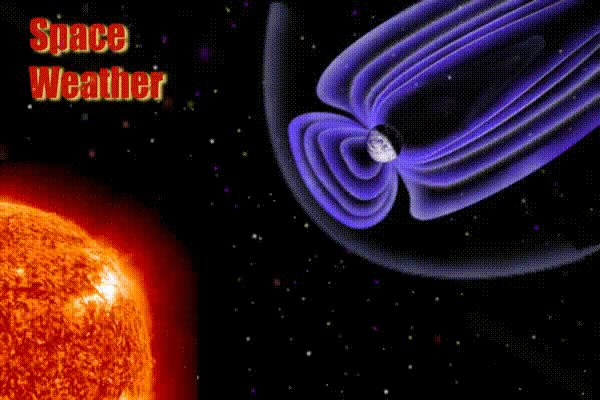SOLAR WIND NEGATIVE DYNAMIC PRESSURE PULSES
University of Michigan, Ann Arbor — Advisor: Professor Mark Moldwin
I have been a member of Students for the Exploration and Development of Space (SEDS) chapter at the University of Michigan and was involved with the development of a science payload launched on a Blue Origin rocket (delayed) my first two years as a student. The purpose of the project known as BX-1 and BX-2 was to better understand the behavior of liquids in a micro-gravity environment. More information can be found on this website.
Throughout this experience, I became increasingly interested in space-related engineering and decided to declare a minor in the Department of Climate and Space Sciences and Engineering (CLASP) with a concentration in Space Engineering. I have taken several courses including satellite mission design and spacecraft instrumentation. Although many of the topics were focused on Earth-orbiting satellites and spacecraft missions to the Sun and planets, there was some discussion on the planning and designing of space telescopes such as the James Webb Space Telescope. The final project of spacecraft instrumentation was designing a mission based on the 2010 Decadal survey New Worlds, New Horizons in Astronomy and Astrophysics
In the space engineering minor, I also had the option to begin a research project with a professor for credit. Since September 2021 I have been working under Professor Mark Moldwin on using ground-based magnetometers (SuperMAG) and solar wind data from OMNI to better understand the ground response to solar wind positive/negative dynamic pressure pulses (DDPs). These ground-based measurements can then be compared to the space-based magnetosphere measurements from various spacecraft such as those recently published in Vidal-Luengo & Moldwin.
An example of a negative solar wind DDP is shown below from Zuo et al. 2018. The DDPs discussed in this paper were measured during solar cycle 23 using the WIND spacecraft. The magnetic-field variability is measured using the GOES spacecraft. In comparison, I use OMNI for similar solar wind data, but the magnetometers I use are located at various latitude and longitude locations across Earth's surface. Although this research project has been for credit to fulfill the minor requirement and is not related to be other astronomy-related research, I have learned a lot of new Python and data analysis skills in order to search through decades of solar wind data and identify these DDP events. I have been writing a Python search algorithm for the past several months and plan on making the final database available to the public.


Here is an example of a negative solar wind dynamic pressure pulse from Zuo et al. 2018 (Figure 3). There is a magnetosphere decompression in response to the decrease in solar wind pressure. In comparison, a positive solar wind dynamic pressure pulse results in a compression of the magnetosphere and are well understood in the literature. The project I am involved in with Professor Moldwin aims to not only develop an algorithm to identify negative dynamics pressure pulses, but to also better understand their frequency, duration, shape, and other parameters in comparison to positive dynamic pressure pulses. In addition, we are interested in the magnetic ground response to these negative pulses using magnetometer stations across the Earth's surface.
An example of an Earth-directed solar storm that increases the auroral activity (NASA).